Have you ever wondered about Traditional Irish Clothing? These clothes tell stories about Irish history and culture.
You’re here to learn. Curious minds like yours help us understand the past better.
We’re here to help you. We know the key details about Traditional Irish Clothing. And we’ll make it easy for you to follow.
In this article, you’ll learn:
- What Irish people wore a long time ago
- The meanings behind outfits like the kilt and cloak
- How some of these clothes are still worn today
Let’s get started. You’ll discover how Ireland’s past shows up in its clothing.




Historical Roots of Traditional Irish Clothing

Traditional Irish clothing, rooted in Ireland’s heritage, has evolved over the centuries. Early garments, woven from wool and tweed, reflected the resilience of the Irish people and their connection to the land. The iconic Aran sweater, with its intricate cable patterns, symbolizes Irish craftsmanship and warmth, originally worn by fishermen but now a staple in both men’s and women’s wardrobes.
Today, traditional Irish attire continues to blend timeless style with modern fashion. Irish dresses, tweed jackets, and wool accessories remain popular, celebrating Ireland’s rich cultural heritage, craftsmanship, and Celtic symbols. These garments, from skirts to coats, embrace the spirit of Irish traditions and are celebrated in both everyday wear and special occasions, continuing to inspire designers and fashion lovers alike.
Irish National Costume
Irish National Costume for Women

Ireland’s national costume for women reflects the nation’s deep-rooted heritage, crafted from locally sourced wool and linen, often adorned with intricate lacework. These garments embody the creativity and resilience of Irish women, linking them to Ireland’s cultural legacy.
The Aran sweater, with its iconic cable patterns, stands out as a symbol of both craftsmanship and practicality, deeply tied to Irish traditions. Paired with tweed skirts and Celtic-inspired dresses, Irish women’s attire masterfully blends traditional Irish dress with modern influences.
From daily wear to special occasions, these garments—whether skirts, jackets, or wool accessories—celebrate Irish culture, history, and style, continuing to inspire designers and embrace modern fashion trends while preserving the spirit of Ireland.
See Also Traditional British Clothing
Irish National Costume for Men
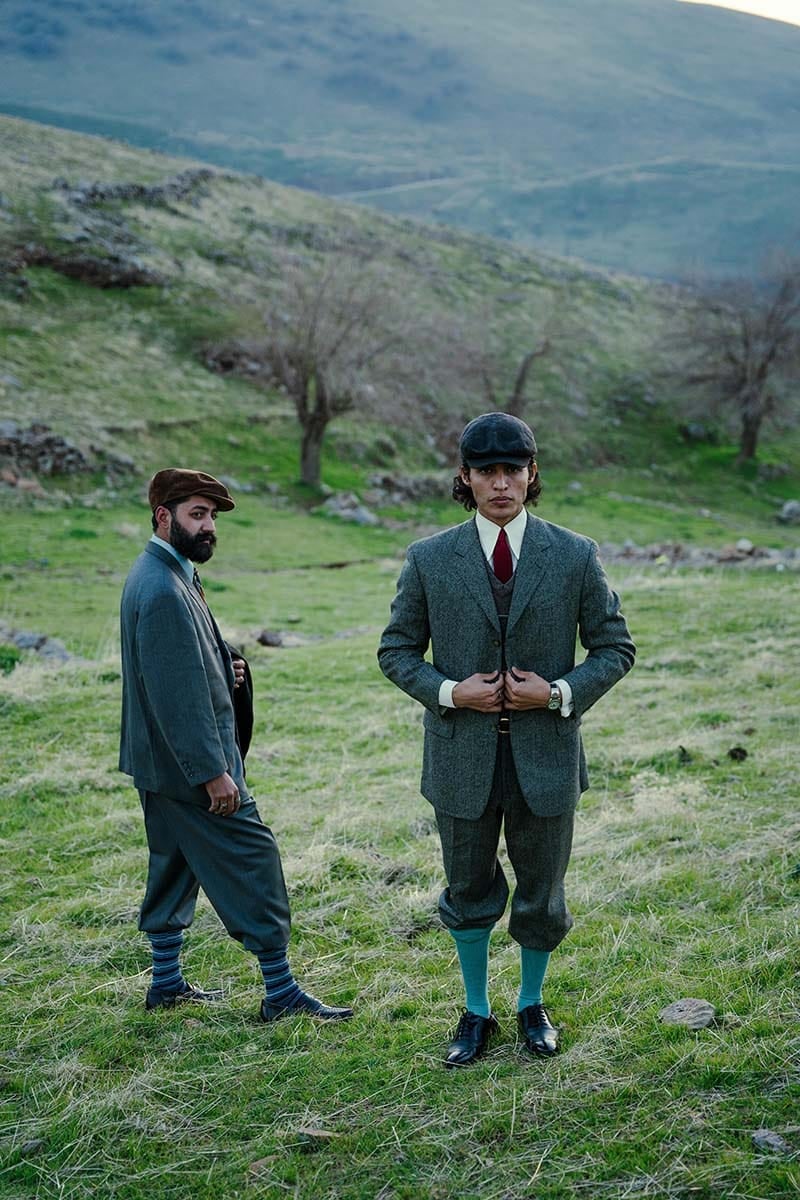
Ireland’s national costume for men is a true reflection of its cultural heritage, crafted from locally sourced wool and tweed. These garments represent the resilience and skill of Irish craftsmen, deeply tied to Irish traditions. The iconic Aran sweater, known for its intricate cable patterns and warmth, remains a beloved staple in the wardrobes of Irish men.
Whether worn casually or for formal occasions, the Aran sweater embodies both tradition and practicality. Paired with tweed jackets and Celtic-inspired accessories, traditional Irish attire for men honors the rich legacy of Irish craftsmanship.
Today, these garments seamlessly blend the old Irish dress style with modern influences, continuing to celebrate Ireland’s cultural story while adapting to contemporary fashion.
See Also Irish Costumes
Notable Vintage Irish Outfits
1. The Brat


The brat, along with the léine, is a key element of traditional Irish attire, reflecting the deep-rooted Irish heritage. This sleeveless cloak, a prominent piece from the Middle Ages, was designed to protect against Ireland’s harsh weather conditions.
Crafted from wool, the brat provided warmth and shielded wearers from rain, wind, and cold. Its large size allowed for ample coverage, while the intricate fringes, often woven in earthy and green shades, added both beauty and practicality.
These decorative fringes were not only aesthetic but also functional, offering insulation for the neck and chest. The brat, a symbol of resilience, merges functionality with Irish craftsmanship, celebrating both traditional dress and cultural artistry.
2. The Aran Sweater
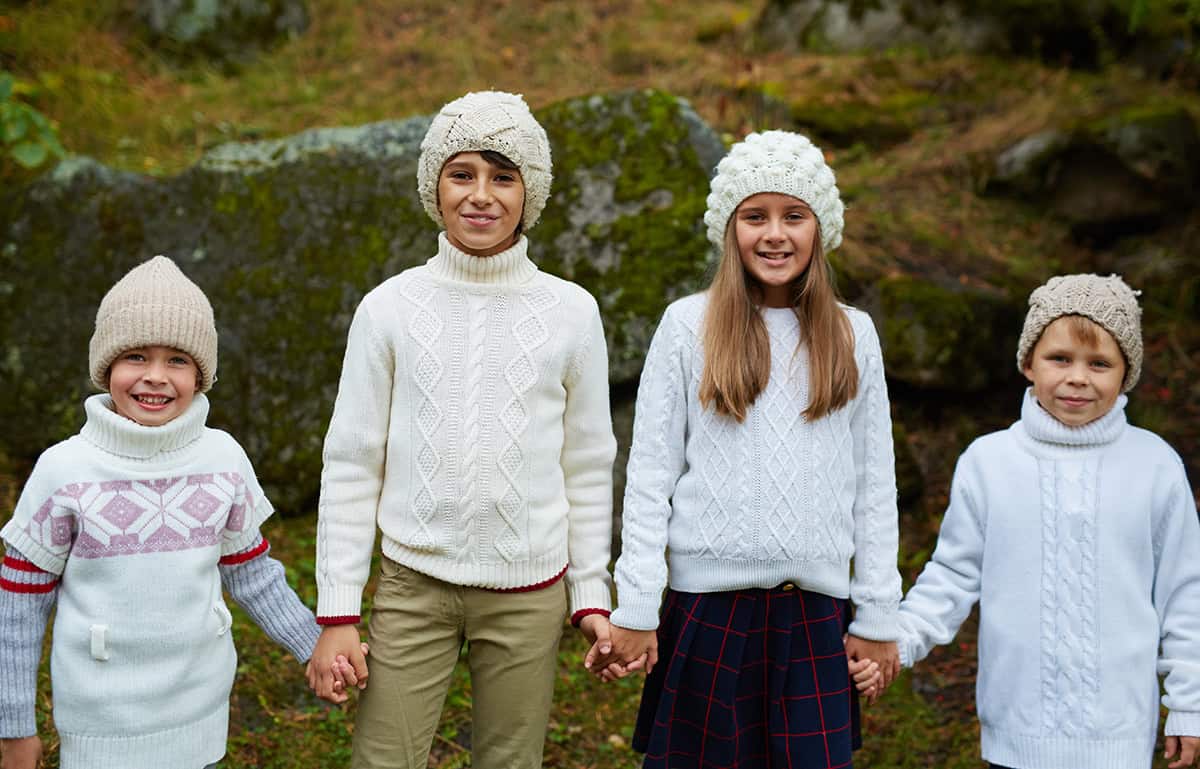
The Aran sweater stands as a timeless symbol of Irish tradition, intricately woven into Ireland’s cultural heritage. Crafted from locally sourced wool, each sweater showcases distinctive cable patterns and textures, drawing inspiration from the rugged landscapes and ocean waves of the Aran Islands.
Renowned for its warmth, chunky knit, and oversized fit, the Aran sweater offers both comfort and practicality, making it perfect for the cool, unpredictable Irish weather. Originally worn by fishermen, this iconic piece of traditional Irish attire is now embraced by people across Ireland.
It continues to hold a special place in the hearts of the Irish, cementing its status as a beloved garment in Irish heritage and craftsmanship.
3. Donegal Tweed
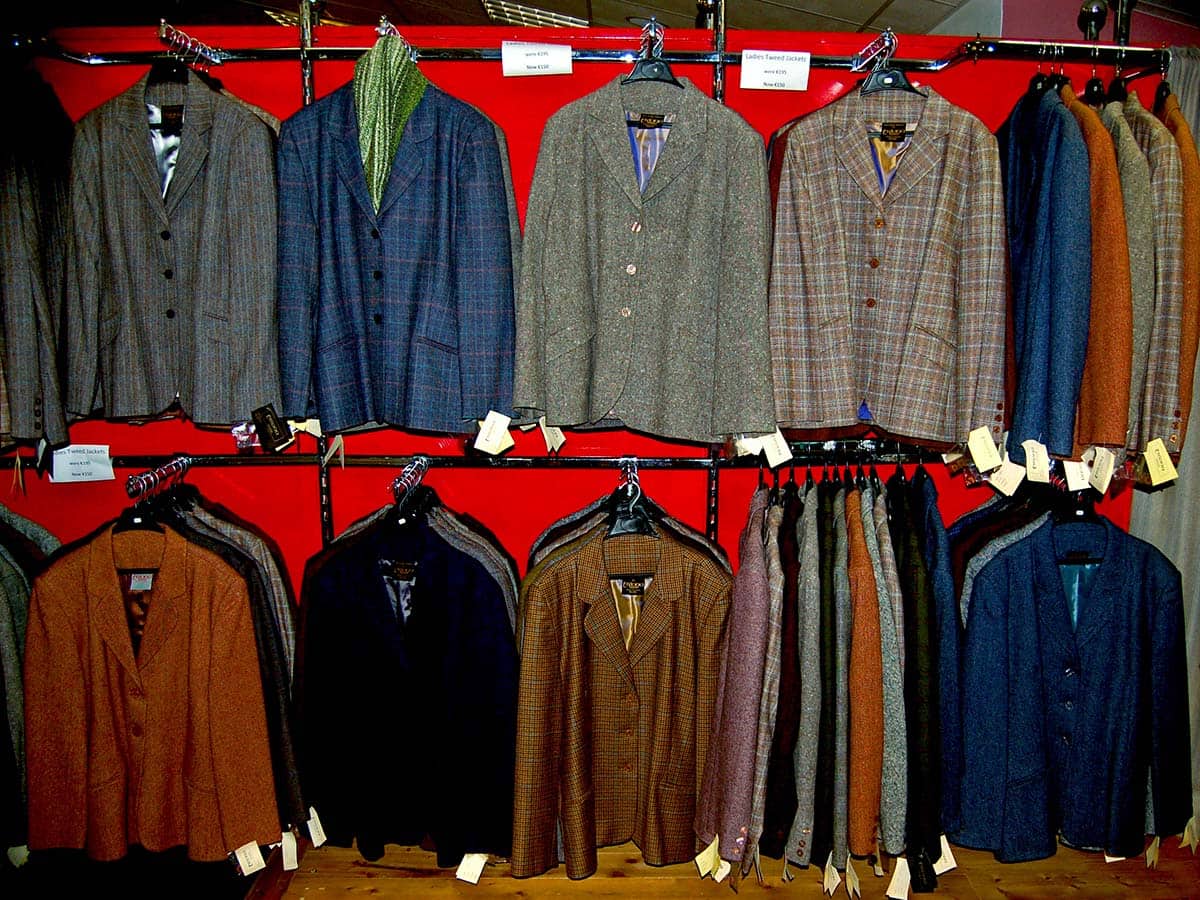
Donegal tweed is a cornerstone of traditional Irish clothing, deeply rooted in the culture and history of Ireland. Hailing from the picturesque county of Donegal, this iconic fabric blends locally sourced flax with a touch of cotton, ensuring both strength and durability. Donegal tweed is commonly used in suits, coats, and accessories, making it a staple of Irish fashion.
Each garment crafted from Donegal tweed features intricate patterns and traditional Irish motifs, showcasing the skill and attention to detail that have been passed down through generations. Revered for its durability, texture, and timeless elegance, Donegal tweed is a lasting symbol of Irish heritage.
Its influence continues to shape Irish attire, with modern designers drawing inspiration from this classic fabric to create stylish, contemporary pieces.
4. Step Dance Dress

The Irish Step Dance Dress is a stunning embodiment of traditional Irish attire, showcasing the rich cultural heritage of Ireland. Adorned with vibrant colors, intricate Irish embroidery, and traditional Celtic symbols, these dresses are central to Irish dance traditions.
Designed with a fitted bodice and a flowing skirt, the dress accentuates every twist, turn, and graceful footwork, ensuring fluid movements during intricate dance performances. Made from luxurious fabrics like satin and chiffon, the dress offers both comfort and elegance, allowing dancers to perform with ease.
The bold colors—ranging from emerald greens to deep reds and golds—honor Ireland’s natural beauty and history, solidifying the Irish Step Dance Dress as a true symbol of Irish culture and traditional dress.
5. The Grandfather Shirt

The Grandfather Shirt is a quintessential piece of traditional Irish clothing, seamlessly blending comfort and heritage. Crafted from breathable materials like cotton or linen, it offers a relaxed fit, making it ideal for everyday wear.
The shirt’s loose silhouette and button-up design reflect a timeless sense of Irish style and practicality. Its long sleeves, often finished with cuffs featuring intricate Irish motifs or Celtic patterns, highlight the craftsmanship and cultural legacy embedded in Irish apparel.
Comfortable, versatile, and deeply rooted in Irish traditions, the Grandfather Shirt serves as a perfect fusion of functionality and elegance, making it a cherished garment in Ireland’s rich sartorial history.
6. The Kilt
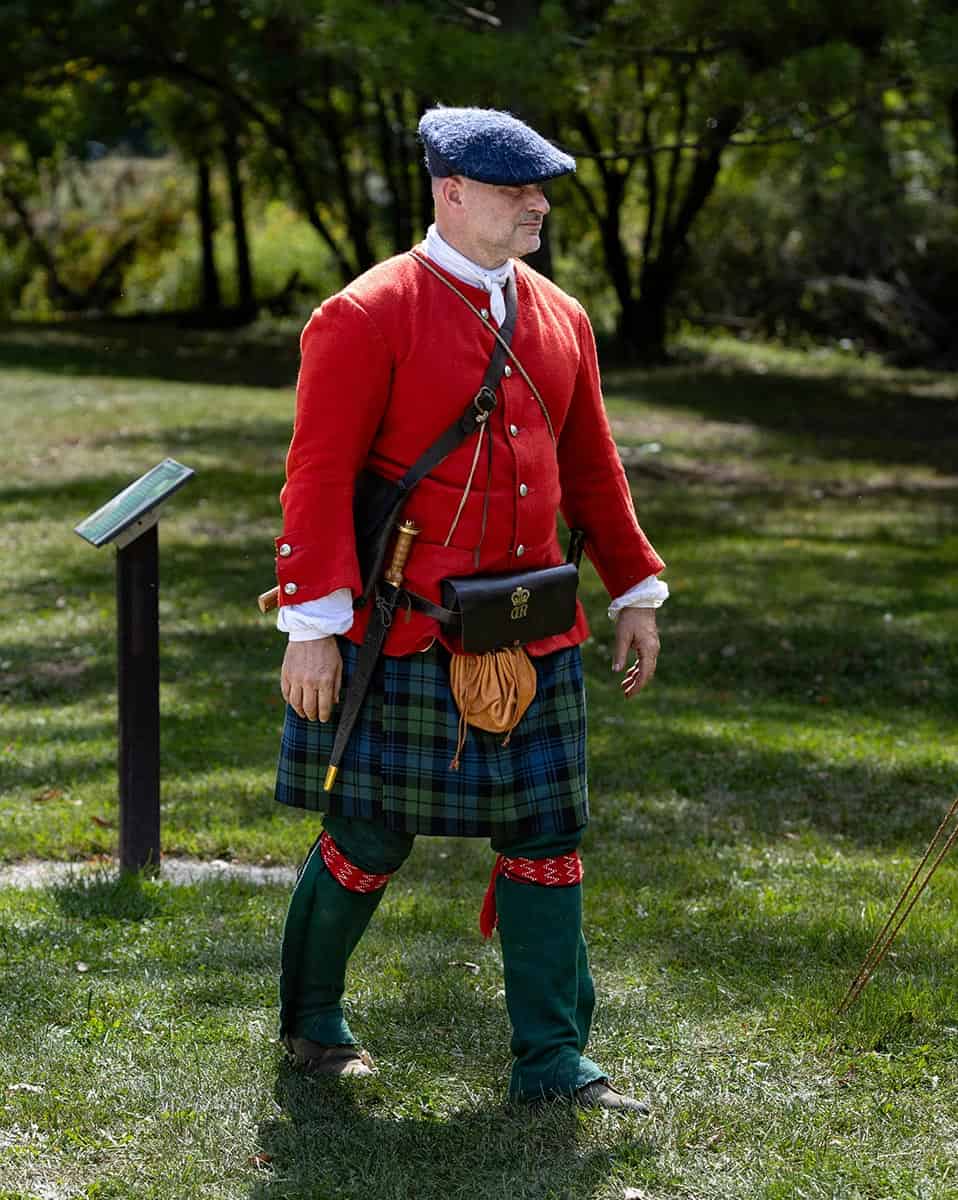
The Irish Kilt is a significant piece of traditional Irish clothing, often linked with Scottish heritage but deeply ingrained in Irish traditions. Characterized by its pleated design and tartan patterns, the Irish kilt fuses Scottish influences with the rich flair of Irish heritage.
Crafted from durable wool cloth, the kilt comes in a range of earthy tones or vibrant colors, reflecting both practicality and style for various occasions. Whether worn for formal events or everyday wear, the Irish kilt is worn primarily by men, often paired with a crisp white shirt.
This combination offers the perfect balance of elegance and rugged charm, making it a timeless and versatile piece in Irish attire, celebrated for centuries as part of Ireland dressed rich history.
7. The Wellies
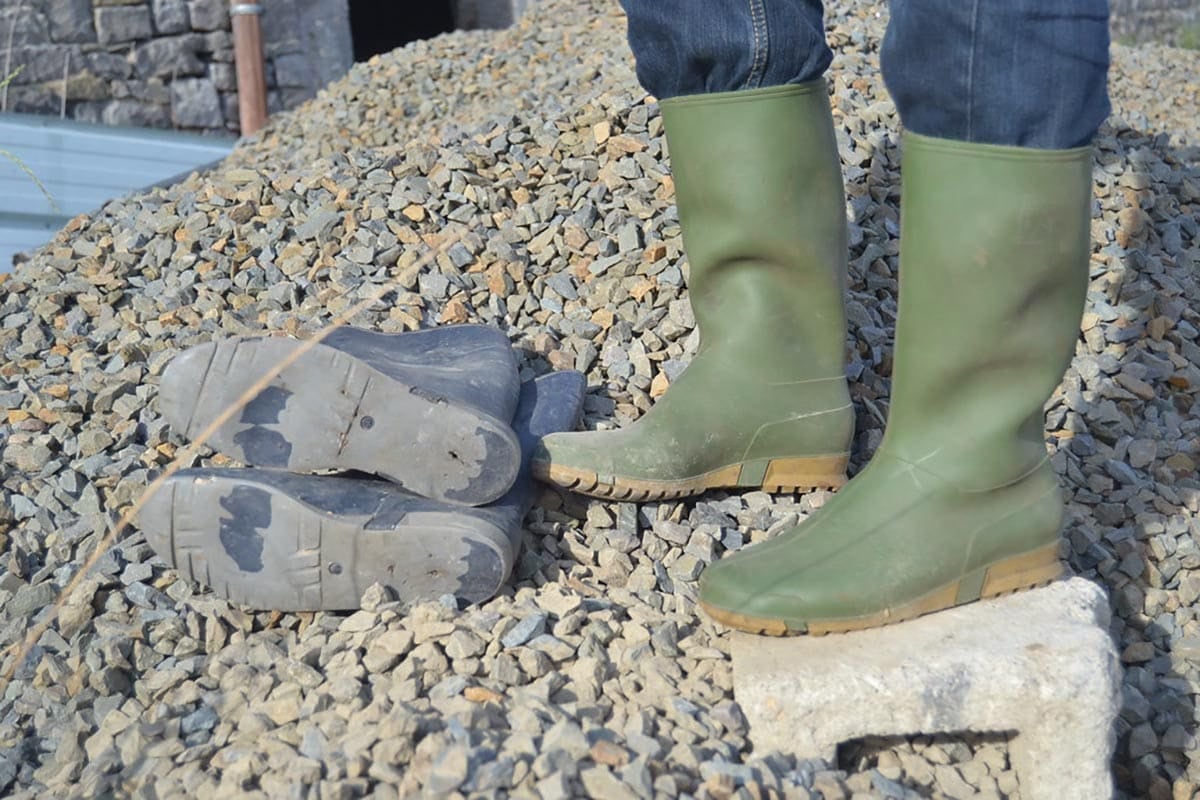
Though not part of traditional Irish clothing, wellies—or Wellington boots—have become an essential and practical piece of everyday wear in Ireland, particularly in rural areas.
Thanks to the country’s damp climate and frequent rainfall, these boots provide waterproof protection, making them perfect for navigating the wet and muddy terrain that defines much of Ireland’s landscape.
Crafted from durable rubber materials, wellies offer both comfort and functionality, ensuring feet remain dry and protected even during the heaviest downpours.
With their thick soles and sturdy build, these boots provide stability, traction, and reliable support, making them indispensable for those who work or live in Ireland’s soggy fields and muddy paths, offering practical wear for all types of conditions in the country.
8. The Irish Walking Hat
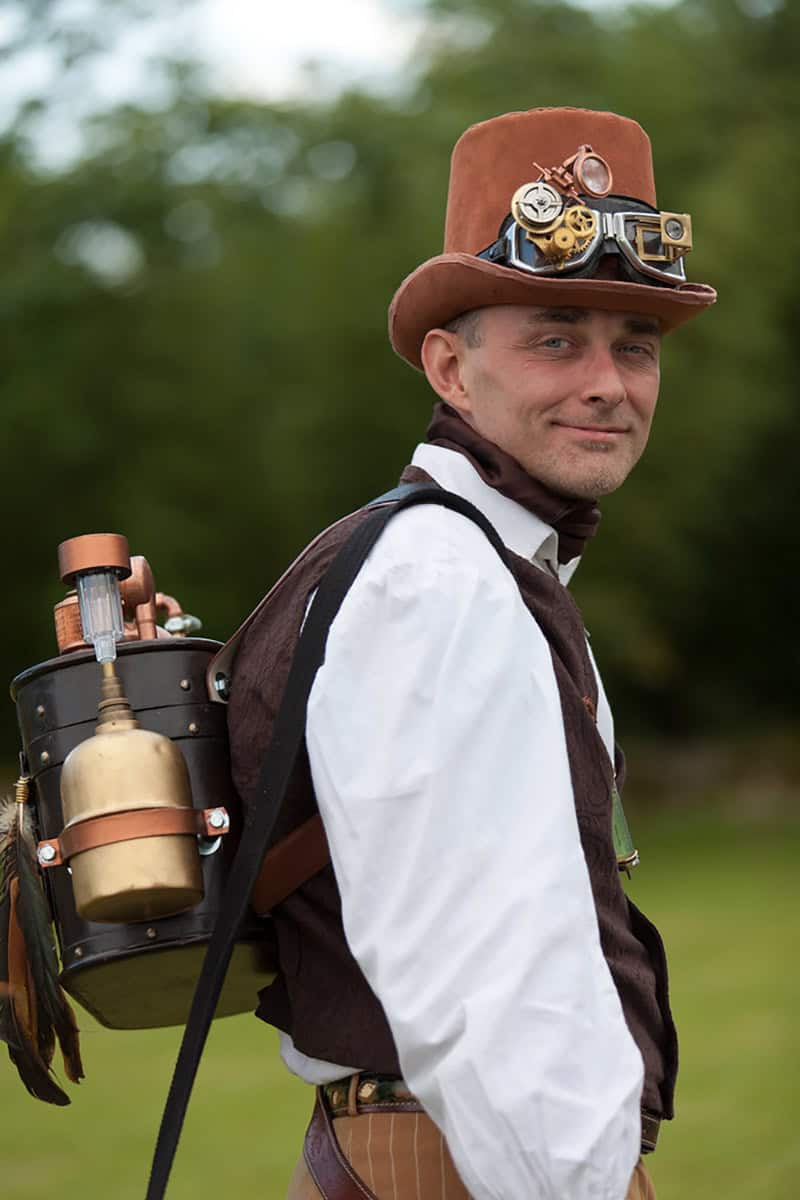
The Irish Walking Hat is an integral part of traditional Irish attire, embodying both functionality and timeless style. As a key element of Irish traditions, it reflects the country’s rich heritage and cultural significance, providing practical protection from the elements while maintaining a classic aesthetic.
This iconic hat, often made from durable wool or other resilient fabrics, features a wide brim and sturdy design, offering protection from both sun and rain. It’s a practical choice for outdoor activities, from rural walks to city strolls.
Revered for its longevity, the Irish Walking Hat continues to be a cherished accessory, symbolizing the enduring appeal of Irish clothing and traditional fashion. Whether for men or women, it showcases the beauty of Irish craftsmanship and its connection to Ireland’s evolving cultural revival.
9. Accessories

Accessories in traditional Irish clothing carry profound symbolism, representing the heritage and enduring values of the Irish people. The Claddagh Ring, a key element of Irish traditions, epitomizes love, loyalty, and friendship, featuring a heart held by two hands beneath a crown, a reflection of Ireland’s cultural significance.
The Irish Cap, typically made from wool, blends style and practicality, with its rounded shape and stiff brim protecting against Ireland’s unpredictable weather. The Irish Walking Stick, crafted from robust wood, serves both as a functional aid for hiking and as a symbol of tradition.
Celtic jewelry, rich in intricate designs and ancient symbols, reflects Ireland’s spiritual and cultural legacy, reinforcing the strong connection between Irish heritage and identity, making these accessories cherished for generations.
See Also Scottish Fashion
Regional Irish Traditional Attire
Traditional Costumes in Northern Ireland

Traditional Irish clothing in Northern Ireland showcases a unique blend of cultural influences, shaped by centuries of history. The attire merges elements from Gaelic, Scottish, and British traditions, resulting in a diverse wardrobe that honors both heritage and modernity.
Iconic pieces like the Aran sweater and Claddagh ring remain central to Northern Irish fashion, yet the region’s traditional dress includes distinctive twists in fabric, cut, and accessory choices, reflecting both the past and the present.
Practicality is also crucial in Northern Irish attire. Garments are specifically designed to endure the unpredictable weather of the region, ensuring that comfort, warmth, and protection are never sacrificed, even in the harshest of conditions.
Traditional Costumes in Connacht

Traditional attire in Connacht beautifully reflects the province’s rich cultural heritage and unique identity, deeply influenced by the rugged coastline of County Mayo and the picturesque landscapes of County Galway.
In Connacht, clothing pays homage to its Gaelic roots and strong maritime traditions, with a focus on practicality to adapt to the region’s unpredictable weather. Thick wool sweaters, sturdy boots, and weatherproof outerwear are common staples, providing both warmth and protection against the often harsh conditions of the western coast.
This traditional dress is not just functional but also a representation of the enduring spirit of Connacht’s people, combining utility with deep-rooted cultural pride.
Traditional Costumes in Munster


In Munster, traditional Irish attire reflects the region’s rich cultural heritage and distinct identity, shaped by the lush landscapes of County Kerry and the rugged coastlines of County Cork.
The traditional clothing in Munster honors the province’s Gaelic roots and deep agricultural legacy, emphasizing practicality for the varied weather conditions of the area. Garments such as thick wool sweaters, sturdy boots, and durable outerwear are staples, blending timeless style with rugged functionality.
This attire speaks to both the beauty and resilience of Munster’s natural surroundings and its people, showcasing the deep connection to Ireland’s landscape and traditions.
Traditional Costumes in Coastal Communities

In coastal communities across Ireland, traditional Irish clothing reflects the profound connection between the sea and local identity. Influenced by the lives of the early inhabitants, garments were designed with practicality and protection in mind to endure the coastal climate.
Items like the Aran sweater, woven from thick wool cloth, are iconic in these regions, providing warmth, durability, and symbolizing maritime heritage. Often paired with sturdy boots, socks, and weather-resistant outerwear, these clothes highlight the resilience of the people.
The tradition of weaving, influenced by the Middle Ages and visible in the design of lace trims and nautical embroidery, reflects both Irish traditions and the timeless craftsmanship of coastal areas such as Galway.
The cultural revival led by the Gaelic League helped preserve these styles, linking the modern wardrobe to the thirteenth-century roots.

Traditional Irish Clothing: A Recap
Traditional Irish clothing stands as a living testament to Ireland’s rich cultural heritage, seamlessly blending centuries-old Irish traditions with the dynamic spirit of its people. Woolen Aran sweaters, the classic Irish cap, and Irish léine represent the deep-rooted connection between the Irish and their land.
The use of vibrant green hues and locally sourced materials like wool and linen reflects the resilience, craftsmanship, and pride of the Irish people. These garments are not merely clothing; they symbolize unity, cultural pride, and the enduring legacy of the Celtic tradition. Passed down through generations, these items celebrate Ireland’s weaving techniques, lace embellishments, and intricate embroidery.
In essence, traditional Irish attire encapsulates the soul of Ireland, preserving its history, identity, and the unwavering spirit of its people for future generations.


